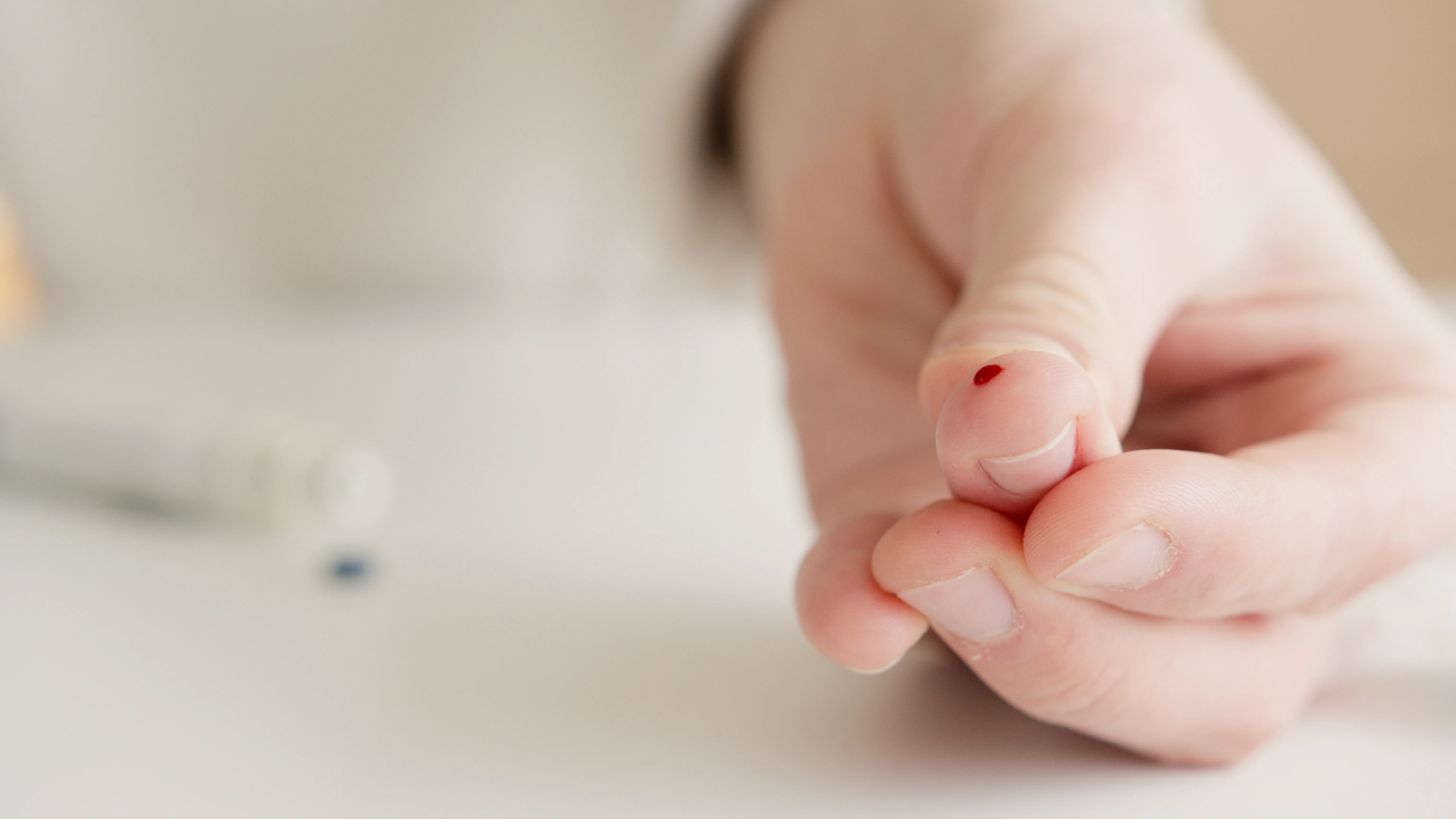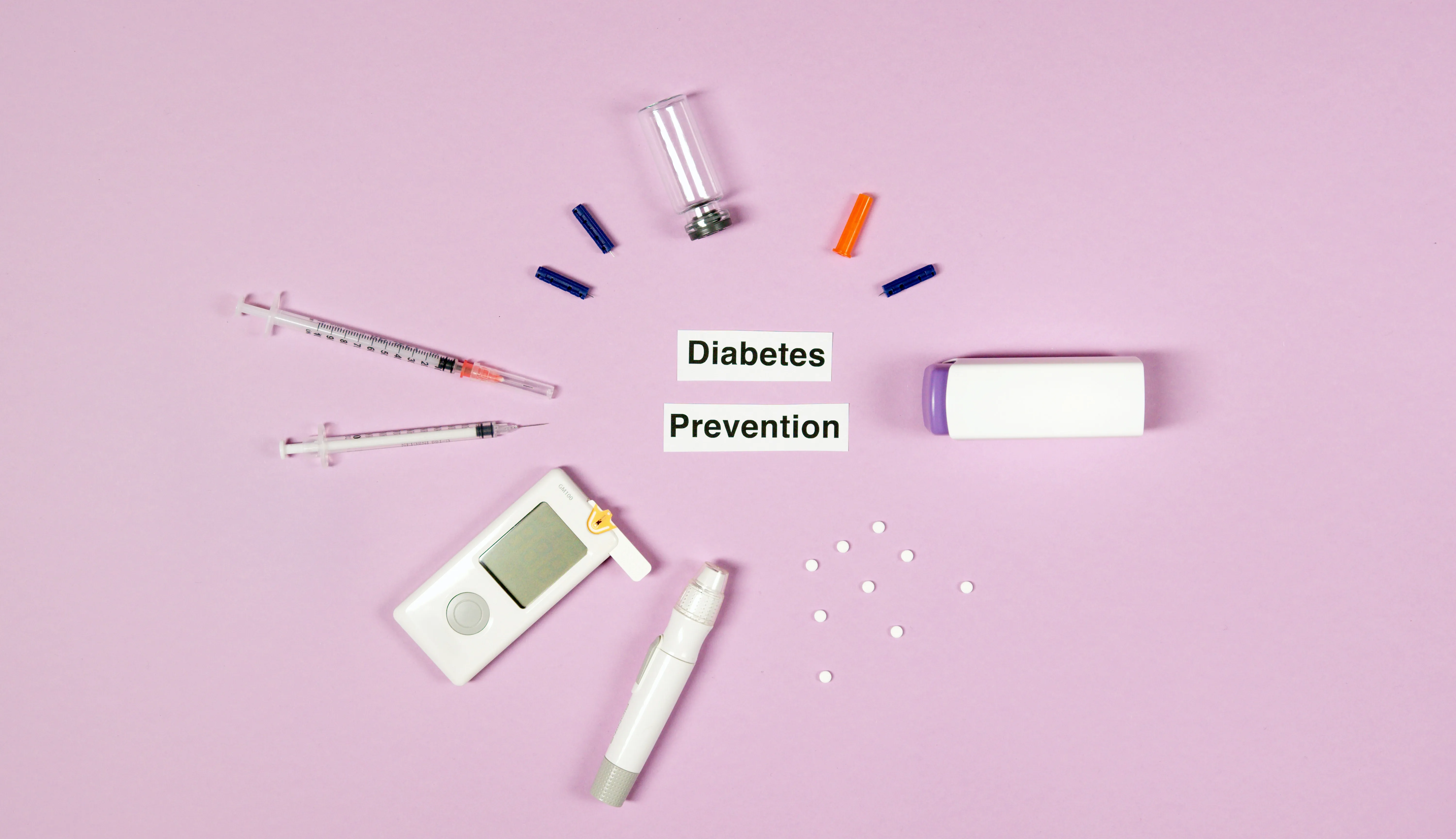Women & Diabetes: All You Need To Know
5 minuteRead

Diabetes is a chronic disease that impairs the body's ability to regulate blood sugar levels. Diabetes can affect both men and women, but some symptoms are more likely to affect women. Many of the risks associated with diabetes are shared by both sexes, but there are some distinctions. According to the Centers for Disease Control and Prevention, one in every nine adult women in the United States has diabetes (CDC).

Diabetes affects more women than men. Stay on track by checking your blood sugar frequently, eating healthy foods, and staying active in order to be your healthiest and feel your best.
What is the difference between diabetes in men and diabetes in women? Diabetes increases the risk of heart disease (the most common diabetes complication) fourfold in women but only twofold in men, and women have worse outcomes after a heart attack. Women are also more likely than men to develop diabetes complications such as blindness, kidney disease, and depression.
Related Blog: 'Natural Ways To Lower Your Cholesterol'.
Diabetes is not only different for women, but also among women—African American, Hispanic/Latina, American Indian/Alaska Native, and Asian/Pacific Islander women are more likely to have diabetes than white women.
Depending on what's going on in your life, how you manage diabetes may need to change over time. Here's what you can expect and how you can stay on track.

Effects of diabetes in women
Many of the symptoms of diabetes are common to both men and women, but some features are specific to women.
Oral and vaginal thrush
Women with diabetes are more likely to develop a yeast infection, also known as thrush, in their mouth and vagina.
High blood sugar levels provide an ideal breeding ground for the Candida fungus, which causes the condition.
The symptoms are:
- skin irritation
- discharge from the uterus
- itchy feelings
- Dyspareunia, also known as painful sex
- If the fungus infects the mouth, it will leave a white coating on the tongue.
Diabetes patients are more likely than non-diabetics to develop various types of infections, with more severe symptoms and a higher risk of complications.
High blood sugar levels in the body impair the immune system's ability to fight pathogens like bacteria, viruses, and fungi.
Related Blog: 'PMS is Real – Dealing with Women who Experience Severe Period Symptoms'.
Urinary tract infections (UTIs)
Diabetes increases the likelihood of a urinary tract infection in women (UTI). According to a 2015 study, 12.9 percent of women with type 2 diabetes developed a UTI within the first year of being diagnosed. Only 3.9 percent of men reported having one.
UTI symptoms include
- painful, burning urination.
- blood in the urine
- cloudy urine
Anyone with diabetes who has a urinary tract infection (UTI) should seek treatment as soon as possible to avoid further complications, such as a kidney infection.
Sexual dysfunction
A higher risk of UTIs or candidiasis can contribute to a decrease in libido. Other factors may also have an impact.
Diabetic neuropathy affects a large number of diabetics. This occurs when high blood glucose levels cause nerve fibre damage in the body.
This has a wide range of consequences. Reduced sensations in the hands, feet, and legs, as well as altered sexual experiences in the vagina, are all symptoms.
There could also be:
- Vaginal lubrication is inadequate.
- Having difficulty with clitoris arousal and having an orgasm
- Pain or anxiety during sex
All of these factors can influence a person's interest or pleasure in sex.
Polycystic ovarian syndrome (PCOS)
If a person has diabetes, they are more likely to have PCOS. A hormonal imbalance in PCOS causes the ovaries to be unable to release eggs properly. This can impact fertility.
PCOS is not a symptom of diabetes, but a diabetic woman is more likely to have it than a non-diabetic woman.
According to the American Diabetes Association, genetic factors may play a role, but there may also be a link between PCOS and insulin production (ADA).
Among the symptoms are:
- Menstrual cycle irregularities
- acne
- depression
- Fertility issues
- increased body mass index
- skin modifications
If a person is diagnosed with PCOS, they should also ask their doctor about diabetes screening.
Related Blog: 'Polycystic Ovary Syndrome (PCOS): How To Treat It Naturally!'
Gestational diabetes
Gestational diabetes is a temporary condition that affects some pregnant women.
Effects of gestational diabetes
Gestational diabetes usually goes away after the baby is born, but those who have it may be at a higher risk of developing type 2 diabetes later in life.
Other issues that may arise include:
- labour issues
- the requirement for a caesarean section
- Heavy bleeding after delivery
- risk of tearing in the vagina or between the anus and the vagina
The baby could be born with one or more of the following conditions:
- breathing difficulties
- Jaundice
- Low blood sugar
Because there may be no symptoms during pregnancy, testing is critical, especially for those who are at risk.
If gestational diabetes is present, it is critical to follow the doctor's recommendations for diet, exercise, and blood sugar monitoring.
Risk factors
Gestational diabetes is more likely if a woman:
- is overweight before becoming pregnant
- has prediabetes, which is when blood sugar levels are high but not high enough for a diabetes diagnosis
- has a family history of diabetes
- has previously had gestational diabetes
- has delivered an infant weighing more than 9 pounds in the past
- has PCOS
- is of African American, Asian American, Hispanic, Native American, or Pacific Islander descent.
After pregnancy
When a woman has gestational diabetes, the National Institute of Diabetes and Digestive and Kidney Diseases (NIDDK) recommends the following steps after giving birth:
6–12 weeks after delivery, and every 3 years thereafter, screening for type 2 diabetes; regaining a healthy weight through regular exercise and a nutritious diet
If possible, breastfeed the baby to provide the proper nutrient balance and to help you burn calories. Consult your doctor about using metformin, a medication that can help prevent type 2 diabetes.
Treatment
Women's bodies present challenges for diabetes and blood sugar management at all stages of life. Some birth control pills can raise blood glucose levels, which may pose a problem. Ask your doctor about switching to a low-dose birth control pill to maintain a healthy blood glucose level.
Glucose in your body can cause yeast infections because it promotes fungus growth. Yeast infections can be treated with both over-the-counter and prescription medications. By keeping your blood sugar under control, you may be able to avoid yeast infections. Take insulin as directed, exercise regularly, limit your carbohydrate intake, eat low-glycemic foods, and keep a close eye on your blood sugar levels.
There are steps you can take to prevent or delay diabetes, avoid complications, and manage symptoms.
Medications
There are medications available to help manage diabetes symptoms and complications. There are many new classes of diabetes medications available, but the most common starting medications include:
Insulin therapy is required for all people with type 1 diabetes.
Metformin (Glucophage), a blood sugar-lowering medication
Related Blog: 'Why everyone is talking about Moringa Powder?'.
Lifestyle changes
Changes in lifestyle can aid in the management of diabetes.
- exercise and maintaining a healthy weight
- avoiding cigarette smoking
- consuming a diet rich in fruits, vegetables, and whole grains
- keeping track of your blood sugar
Alternative remedies
Diabetes patients can try a variety of alternative treatments to manage their symptoms.
These include:
- Taking supplements such as chromium or magnesium
- increasing your consumption of broccoli, buckwheat, sage, peas, and fenugreek seeds
- consuming plant supplements
Always consult your doctor before attempting any new treatments. Even if they are natural, they can conflict with current treatments or medications.
Write, Record and Answer! Consume Unlimited Content! All you need to do is sign in and its absolutely free!
Continue with one click!!By signing up, you agree to our Terms and Conditions and Privacy Policy.










